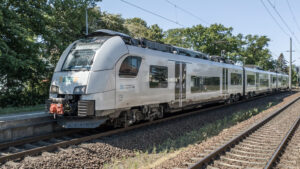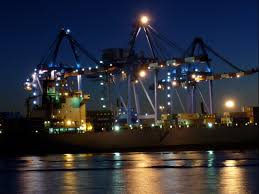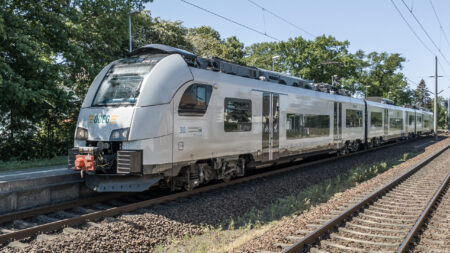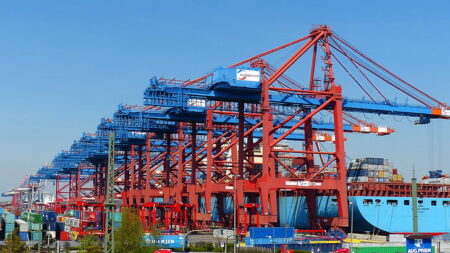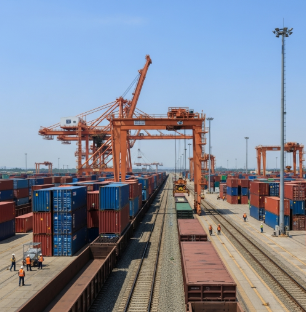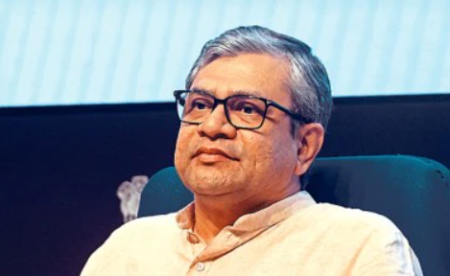Dr Sudhanshu Mani, Founder of Vande Bharat Express, shares why Indian Railways is vital to decarbonising logistics, highlighting key innovations, intermodal strategies, and policy shifts driving the country’s green freight transition.

Rail freight blends scale, economy, and sustainability like no other mode
Rail freight stands out as the most sustainable option for land transport, and for good reason. It’s not just about cost, though rail is cheaper than road and air. It’s about impact. Trains emit 4 to 8 times less CO₂ and particulate matter than trucks or planes. A tonne of goods can go up to five times farther on rail using the same amount of energy. At a time when climate concerns are reshaping global logistics, rail is the one mode that offers scale, affordability, and low emissions, all in one. It also eases road congestion, lowers accident rates, and reduces noise pollution. If India is serious about cutting logistics costs and carbon footprints, freight rail must move to the centre of the strategy.
Efficiency Boost
Indian Railways, being a unified passenger operator, infrastructure owner, and rolling stock manufacturer, holds a unique advantage. It can drive large-scale energy efficiency initiatives, from introducing lighter, smarter coaches to regenerative braking and energy-efficient stations. In the freight sector, even smaller private operators can make a difference by using lightweight waggons and efficient cargo handling systems. Digital tools like real-time monitoring, predictive maintenance, and AI-based routing offer new ways to cut energy use, reduce idle time, and improve network flow. Terminal energy audits could uncover even more potential.
Electric edge
When it comes to green rail innovations, electrification is still king, especially in India, where renewable power is gaining ground. With over 95 percent of the broad-gauge network already electrified, full coverage is within reach. Hybrid solutions like battery-electric propulsion offer flexibility on routes yet to be fully electrified. Automation is also a game changer. Smart braking systems, driver-assist tech, and AI-managed yards help boost efficiency and reliability. As for hydrogen, it’s promising but not ready for freight at scale. Still, pilot projects are worth pursuing, especially for remote or specialised routes.
Smart integration
Rail can’t do it all, especially not the first and last mile. That’s where intermodal logistics come in. Using rail for long hauls and road only for short distances cuts emissions significantly. Sea-rail integration is also powerful for port connectivity. With faster container turnaround and lower costs, it’s a win-win. What’s needed now is better tracking, seamless documentation, and digital platforms to unify these modes into one smart, scalable system.
Policy push
To grow rail’s share in green freight, India needs strong policies. Priorities include building multimodal logistics parks, improving rail-sea links, customising tariffs, and supporting the use of containers tailored to new-age cargo types. Freight trains must be timetabled for different cargo categories. Policy must also focus on capacity building and provide incentives, like carbon credits or freight subsidies, to shift more cargo from road to rail. With the right support, rail can be India’s strongest green logistics engine.

